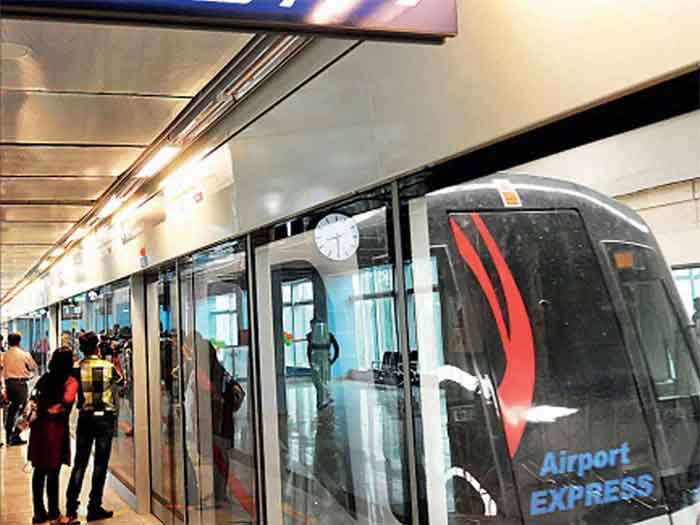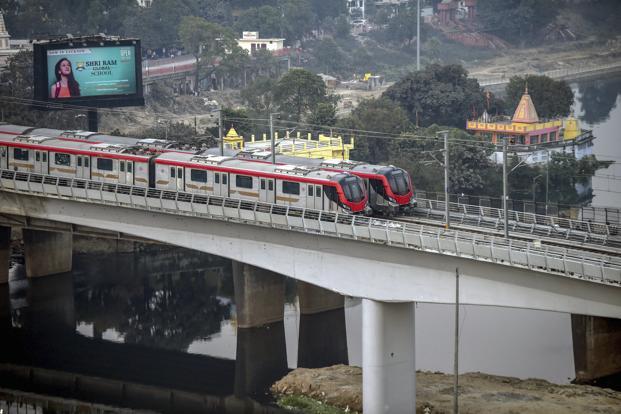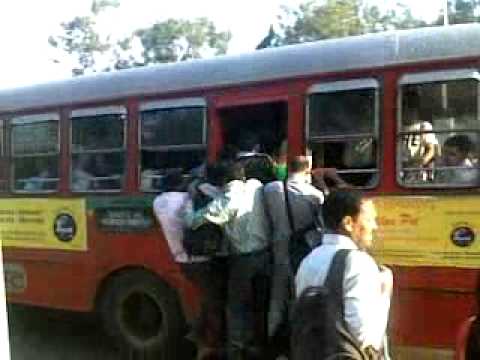
There is increasing protest in the U.S. against the craze for car parking. More space is being allotted for parking of cars than for houses because of wrong policies. The same is happening in Mumbai and other cities and this is going to create a big crisis in the coming days.
A new book by David Grabar about the heavy damage done to urban life by the motor car and parking space has got welcome reviews in New York Times, Los Angeles Times and other major publications.
It is O.K. for an individual motorist to want parking space. But when car numbers are swelling in large numbers, it is impossible to provide parking for even a fraction without seriously damaging the cities.
All those 9-foot-by-18-foot rectangles of asphalt haven’t only damaged the environment or doomed once-cherished architectural styles; the demand for more parking has also impeded the crucial social goal of housing affordability. This misplaced priority has put the country in a bind. For decades, even as rents spiraled and climate change worsened, the ubiquity and banality of parking spaces discouraged anyone from noticing their social impact, says the author of the book Paved Paradise.
Ashok Datar, transport expert, says parking is a big issue in Mumbai and getting bigger by the day,. the population of cars was about 3 to 4 laks in 2001-02 . And now it is more than 20 lakhs i.e. one car per 10 persons.Population of taxies and auto is not growing as fast – today it is 150 000 autos and 100,000 taxies including more Ola and Uber.
A lot of car owners are in search of temporary drivers who can help them park cars. valet system is already entrenched in most restaurants.
The ratio of car space for total road space was 18% in 2001 and now it is nearing 75% These are alarming numbers but the Mumbai administration doesn’t see the gravity . since 2004 onwards parking on roads for 24 hours free ( either with connivance with local dada or otherwise ) is practised, Datar says.
it is unfortunate the BMC lost interest in paid and regulated parking which commenced in early 2000 but was restricted to only a ward . It should be spread across all wards by charging low fees. Once people pick up the habit to pay for parking, then they do accept gradual increase in the fees.
The municipal parking authority kept on making plans for various wards – nice drawings, rules , signboards , discussed pricing and software, new ideas for parking in idle spaces in BEST depots ( this worked to some extent ) looked at possibility of those housing complexes where we could allow parking of cars during the day when resident cars were out. All these concepts were good and worth trying.
Builders were given huge incentives for providing parking for the public . they could add floors to high rises and make a lot of money, they jumped at this opportunity of making it, quick and easy.
As a part of that bargain, the BMC got about 50,000 parking spaces but these were not the best locations for public parking. they were convenient for builders ..
On Senapati Bapat road or Tulsi pipe road within 200-300 metres there are three buildings with 5000 parking spaces , many remain empty because of faulty planning and sanctions.
There is a good software whereby you take a picture of a car wrongly parked and send on phone the same to traffic police. they will match the car number with the owner and send a challan. earlier there were lot of challans but few paid fines. .
Now, the efficiency has gone down badly, Datar said
Strangely, the fine collected from wrong parking has come down from several crores to just Rs one lakh or so in the last two years. This shows the utter apathy of the authorities.
And that is after state govt accepted the motor vehicles M V act guidelines in late 1921 and fine for all traffic and parking was raised to Rs 500 from Rs. 200 but there was no implementation .
Parking is seen as an “entitlement” rather than as “encroachment”. This sense of entitlement runs deep in India’s car-owning middle classes as if they have obliged the city by buying a vehicle. They take it for granted that government would provide them free, or cheap, parking wherever needed. Parking spots are weirdly linked to the vehicle owner’s ego and the size of the ego is directly proportional to the size of the vehicle they drive, says Rutul Joshi, Ahmedabad based architect.
When we buy, say, electrical appliances after paying the Goods and Services Tax, it does not mandate government to provide us free housing for the appliances. Free parking is free housing for vehicles. Free housing means free real estate, whether on roads or in buildings. So, when government creates free housing for vehicles, it is using public money to subsidise vehicle owners.
It is time the government stops pampering rich motorists and it starts promoting public transport.
Vidyadhar Date is a senior journalist and author of a book on public transport















































